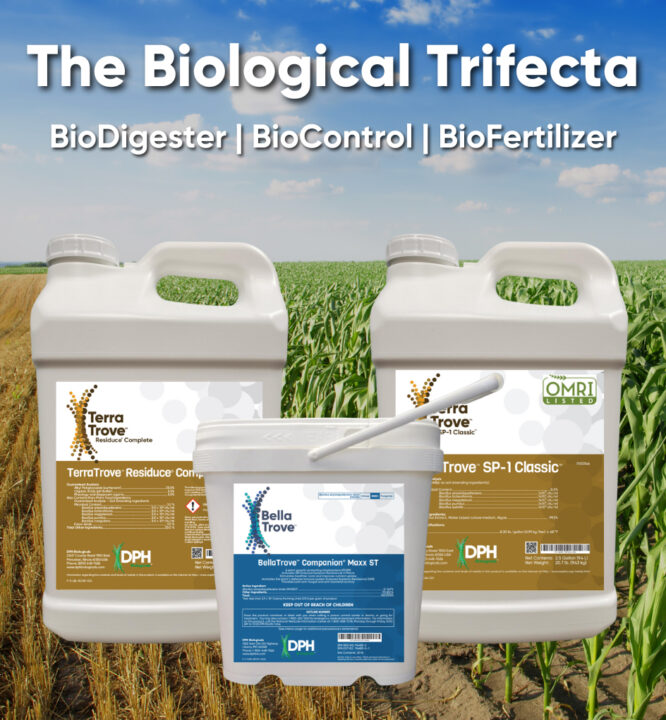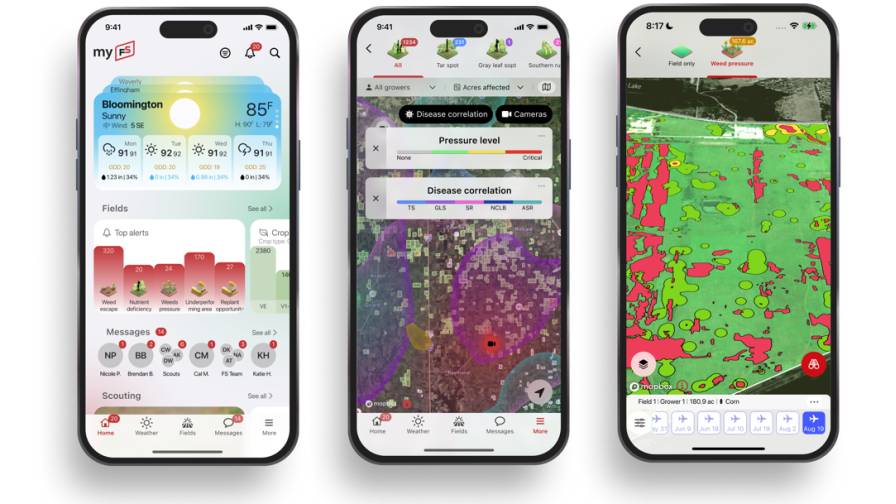5 Ways to Minimize Food Waste at Farm Level
One broad category that was cast overboard during the pandemic was sustainability. How quaint it was back in 2019 to be worrying about plastic straws and plastic shopping bags. Now in 2021, the streets are littered with single-use everything. I’m wondering if there is now a big blob of disposable face masks floating around somewhere in the south Pacific.
I am not here to punch back at plastics or disposable safety products, instead my focus stems from the stalemate we have with overall food waste in the world. In some areas of the world, we have too much food that goes to waste and in other areas of the world, not enough food. What a sad dynamic in an integrated global food economy!
I have traveled to dozens of countries and even lived overseas. I can proudly declare that of all the amazing things that the good ol’ USA has to offer, the plethora of food output is easily in the top five. Who needs 15 different BBQ sauces, 20 flavors of hummus dips, 30 varieties of Oreos fillings, and Starbucks across the street from another Starbucks?
Americans of course! But with our bountiful food offerings comes an enormous amount of food waste and energy output all along the food value chain. To keep my word count to a minimum, I wanted to focus on sustainable approaches to the food waste issue at farm level here in the U.S.
Food waste is inevitable in most farming systems. During a typical crop growing cycle, the farmer will face a slew of variability in weather, weeds, bugs, disease, and market shifts. The Food and Agriculture Organization of the United Nations estimates that “plants make up about 80% of the food we consume; while about 40% of food crops are lost by agricultural pests.”
Of the crops that make it to harvest day, another 40% on average of marketable crops are left to rot according to the The Center for Environmental Farming Systems (CEFS) at NC State University.
“There are a whole host of reasons why a perfectly safe, nutritious crop may be left in the field,” write Nancy Creamer and Lisa Johnson on behalf of CEFS. “A combination of reasons is common. Timing and weather are critical when it comes to producing a crop. Pollination may have failed due to poor weather, leading to misshapenness; a nutrient deficiency could have produced a discoloration; or there could be minor pest damage that doesn’t affect the quality of the vegetable itself.”
So how can the grower better manage next season’s food waste? Here are five suggestions from value chain stakeholders.
5. Field Data Identifying Marketable Crops Left in Field
I like that CEFS is focusing on analyzing the crops left behind. The researchers can determine from qualitative data what leftover crops may be worth another pass. This information would give the farmer the choice to invest in one more harvest for the market or perhaps a local food bank delivery.
“CEFS research has created straightforward protocols that enable growers to take a sample and extrapolate what is in the field that might be marketable – informing their decision on whether to make another pass through the field – and what might be edible, fueling a decision on donation,” write Creamer and Johnson. “Early results indicate significant amounts of marketable and/or edible produce are routinely left unharvested.”
4. Energy Conversion Back Into the Farming Operation
Is it food waste if the leftover crops get converted into biomass? Although capital investments are required, like digester equipment, unused or spoiled food crops can be redirected into a biomass digester to be converted into biofuels, fertilizer, and feedstocks. I have seen on-farm operations that have diverted downstream waste material and converted the waste into biofuel to power back the farm as well as selling any excess energy back to the local utility. This circular economy option requires a significant upfront injection of capital, but closes the loop on food waste on the farm.
The Kolb Bioenergy Facility in Roswell, NM was completed in October 2021 and its anaerobic digesters process up to 350,000 gallons of manure and other organic compounds from local dairy farms. The Kolb facility then converts the waste and will be able to generate close to 20 million cubic feet of natural gas annually.
3. Redirect the Crops
When market constraints prevent overproduced crops from being harvested, there are few traditional options beyond donating unsellable food or leaving the crops behind to rot. When choosing the donated option, the farmer still needs to spend resources on harvesting and transporting which may make the rot-in-the-field option more economically feasible.
To support the harvesting option, I like the emerging food capture space that is looking at novel ways to redirect the food down the value chain. One such solution provider, ReFED, has a huge amount of data-based insights on how to redirect leftover crops. Four concepts by ReFED are already being modeled with values behind them including surplus channels that sell below-grade crops and volunteers to ‘glean’ the leftover crops in the field.
2. Robotic Harvesting
Getting the crop out of the field is the expensive part of farming. At a time of high supply outpacing demand, the risk for the grower is that labor at harvest would cost more than the marketable crop’s value. Add regulations and labor shortages to market disruptions and you have a gap that needs to be filled with technology.
When economies of scale make harvesting automation an attractive investment at the average farm operation, the incentive to harvest even what is overproduced looks feasible. Numerous robotic companies are already providing automated harvester solutions in a variety of crops.
1. More Innovation in Crop Protection
Since pests are still responsible for 40% of crop failure worldwide, then the world needs to continue to support pest management solutions. Increasing the odds of marketable crops at field level must include soil health, seed treatments, and plant protection programs based on both conventional and biological pesticides.
Advancement in scientific discovery of tomorrow’s molecules and microbes while promoting the field of agronomy must continue to prosper. There is no need for a link here, simply Google the term ‘crop protection’ and read how the top ag chem companies are committed to feeding the world while also minimizing food waste.






